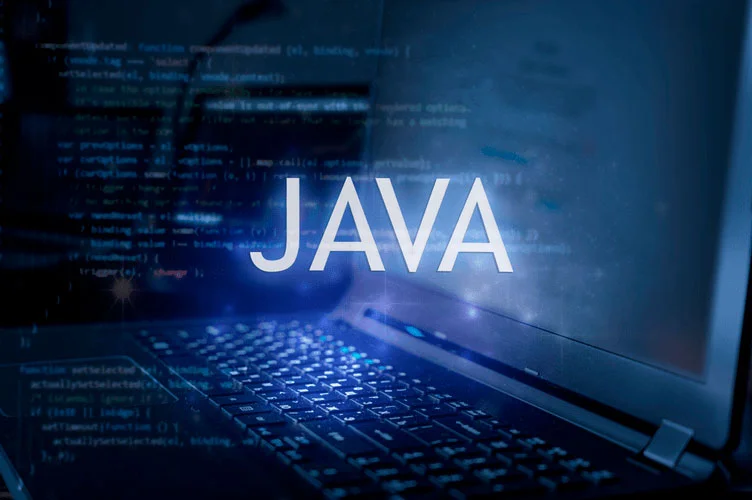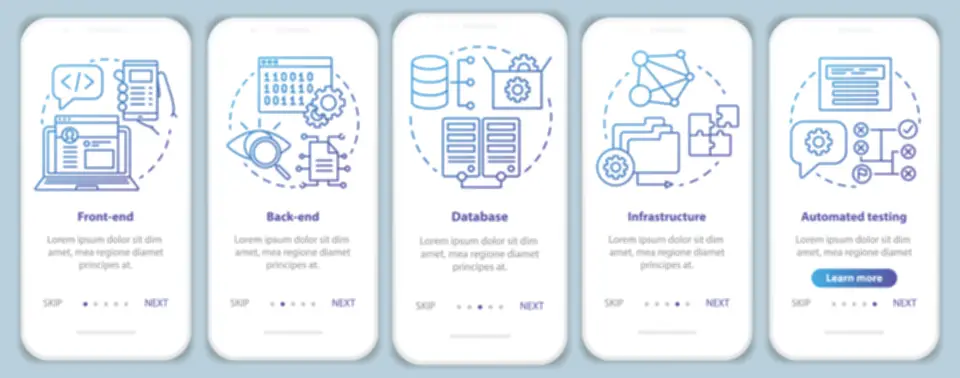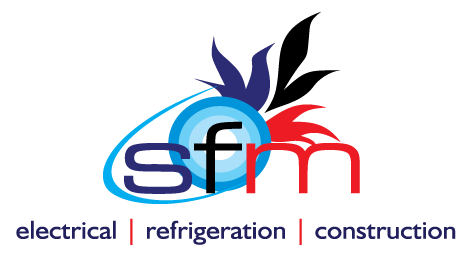Jenkins’ interface is old-fashioned, meaning it’s not very engaging to take a look at (let’s just what is team city say it’s not the prettiest guy on the block). When you examine Jenkins vs TeamCity when it comes to UI, the distinction is pretty stark. TeamCity has a wonderful interface (that attracts lots of beginners).
Side-by-side Scoring: Teamcity Vs Jenkins

You’re enabling automated software program build, take a look at, and deployment while also effectively managing numerous GitHub workflows. CI/CD is more than just a current development within the software improvement landscape. It’s an essential factor of a streamlined development cycle. Most build/CI servers comply with the “fail early, fail fast principle”. If something happens throughout a manufacturing deployment, you need to maintain going and do one of the best natural language processing you’ll be able to, or ask for a human to intervene.
Jenkins Vs Teamcity: Which Ci Tool To Choose?
Jenkins has an active neighborhood that accepts code contributions, bug reports, and have requests. TeamCity, whereas not fully open-source, provides an extensibility framework and allows the creation of plugins. By partaking with their respective communities, you’ll have the ability to contribute to the development and progress of those CI/CD instruments.

Embracing Devsecops: The Means Forward For Safe Software Program Supply

Each pull request should set off a TeamCity job, which subsequently updates the pull request status based on the build outcome. A notable example of TeamCity and Mergify’s synergistic energy is in automating pull request updates. Typically, if a TeamCity build fails as a end result of a commit, a group member should notify the developer to update their pull request manually. Still, when combined, they can supercharge your DevOps workflows. TeamCity’s intensive build and test automation capabilities pair completely with Mergify’s GitHub workflow automation capabilities, similar to merging, labeling, backporting, and extra.
Steady Integration Using Jenkins, Nexus, Sonarqube, Slack
As we’ve mentioned, Jenkins is open source, beneath the MIT license, and as such could be downloaded and used for free. For this reason, smaller firms could want to method CI from a “why wouldn’t we use Jenkins” perspective. TeamCity will not be precisely matched with Jenkins in terms of the potential set, however the differences are small and TeamCity will serve most CI operations just as nicely.
This alternative just isn’t easy, neither is it straightforward, as both options have unique options and advantages. If after studying this post you’re still in doubt, go ahead and give both options a try (you can use TeamCity’s free version). As nice as this comparison may be, nothing beats creating a few builds on these platforms and experiencing the benefits (and weaknesses) by yourself. Jenkins is understood for its huge (dare I say huge) neighborhood which is far larger than TeamCity’s neighborhood. Being open-source, any developer can contribute to the Jenkins project. New developers carry on adding their contribution to this project every single day.
Jenkins is made by builders for developers as is the nature of most open source code. Jenkins requires extensive data of the system to find a way to get the most out of it. Even simply figuring out when to search for a plugin is something which may not be immediately apparent to someone with out experience. Pipelines are a sequence of instructions or stations that new code must go through into order to achieve manufacturing, and they can be automated.
With Git integration, Docker support, and code-based configurations, TeamCity equips you with important DevOps skills. Mastering TeamCity accelerates your path as a DevOps engineer. With steady integration, teams compile software and run it by way of a series of checks that mimic the production surroundings to make sure a successful construct when pushed to manufacturing. The logic behind this is simple however only got here in response to issues in the traditional deployment cycle.
This part provides an overview of Continuous Integration (CI) ideas, explaining its importance in software development practices. It covers the rules of CI, together with frequent code integration, automated builds, and early bug detection. Additionally, it discusses the advantages of CI in improving code high quality, reducing integration issues, and accelerating the development cycle. This section highlights the advantages and advantages that organizations can derive from implementing TeamCity of their DevOps practices. Additionally, it may contact upon the scalability, reliability, and cost-effectiveness of TeamCity as a CI/CD answer.
- This section summarizes the vital thing factors mentioned all through the article regarding TeamCity’s role in enhancing Continuous Integration and Continuous Delivery (CI/CD) practices inside DevOps workflows.
- Variable values could be scoped to one or many environments, or even to particular person targets, steps in your process, or tenants in a multi-tenant application.
- As a further tip according to the newest trends, if you favor to write code configurations, click on the ‘View as Code’ option.
- After that, the consumer interface for the Test step shall be displayed.
Clearly both of these merchandise are capable of working at a excessive degree at even the biggest scale. This desk compares numerous DevOps packages supplied by Simplilearn, based on several key options and particulars. You merely combine it with your GitHub account, and then outline your automation rules in a YAML file housed in your repository. Get pleasant, world-class help from a team of specialists near you at no extra price. Our team is positioned in the United States, United Kingdom, and Australia, and you’ll almost all the time get a response inside two enterprise hours.
Its UI is taken into account better than Jenkins and it offers distinctive features like construct historical past, construct chain instruments, source control. For extra details, try our complete evaluate of Jenkins vs Teamcity. This section supplies steerage on establishing and maintaining efficient Continuous Integration/Continuous Delivery (CI/CD) practices utilizing TeamCity.
You may already use TeamCity, or you could be planning your next CI/CD pipeline. Octopus Deploy brings best-in-class deployments, launch administration, and operations runbooks capabilities, giving your group power far past what’s included with TeamCity. When it involves picking between Jenkins and Jetbrains’ TeamCity, the selection comes down to personal desire. If you’re a fan of open source options and prefer to home-brew your plugins and extensions, there isn’t any doubt that Jenkins shall be your best choice. However, if what you’re looking for is ease-of-use and a polished proprietary software expertise, TeamCity is the best CI/CD software for you. TeamCity, in contrast, supplies the clean and fast installation course of you probably can count on from a proprietary software program that goals to supply exactly that – ease of use.
Runbooks are these emergency or routine operations duties that you just do to maintain your utility operating. Octopus is the first CD software to add first-class runbook automation. On the floor, TeamCity is a continuous delivery device, but read via the details and you’ll find that deployment is restricted to calling a giant script that you just write yourself. It’s up to you to determine the nitty gritty deployment particulars.
It covers stipulations, system necessities, obtain and installation directions, and preliminary configuration steps to make sure a easy setup course of for customers. TeamCity is a general-purpose CI/CD resolution that allows essentially the most flexibility for all kinds of workflows and development practices. The Projects Overview enables you to rapidly check the standing of your builds, see what triggered them, download the latest build artifacts, and extra.
Transform Your Business With AI Software Development Solutions https://www.globalcloudteam.com/ — be successful, be the first!
